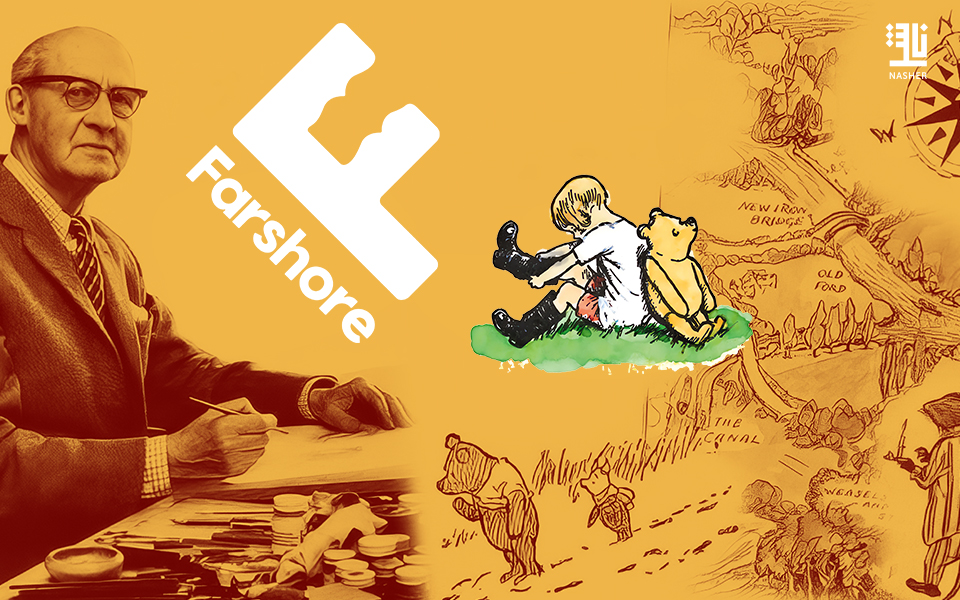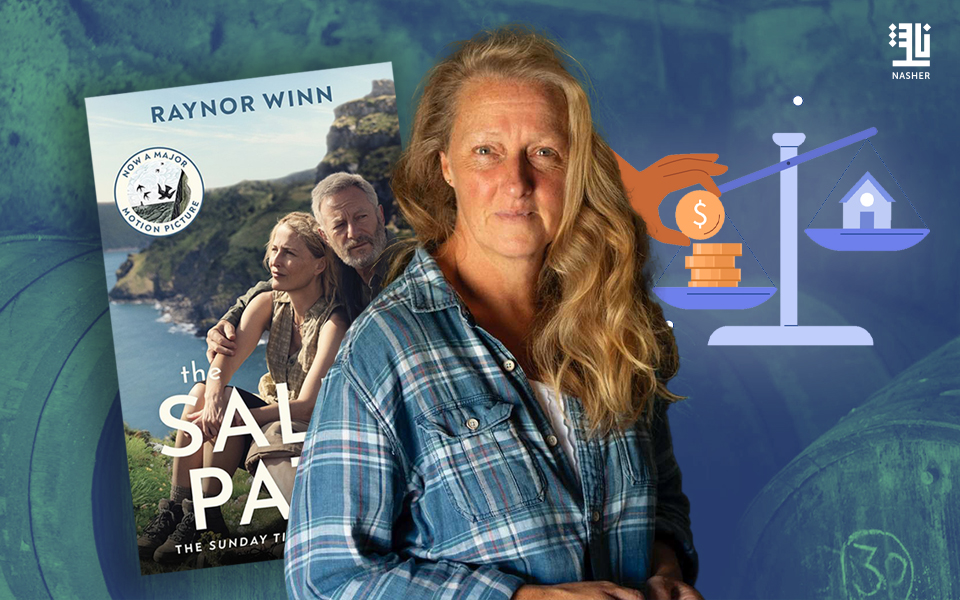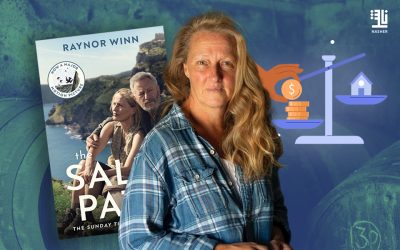Charles Dickens is perhaps as famous today as he was in his lifetime, the author of 15 novels and countless stories and essays. He was born in Portsmouth on 7 February 1812, son of a navy clerk with a great love for literature. A happy childhood in Chatham, during which he read voraciously, ended with a move to London in 1822. Family poverty meant the young Charles had to earn money, and he spent a year labelling bottles in a factory; during this period, his father was imprisoned for debt. After leaving school, he became a parliamentary journalist and sketch-writer.
He first won fame in 1836 with The Pickwick Papers, which was issued in 20 monthly parts. In the same year he married Catherine Hogarth, daughter of Evening Chronicle editor, George Hogarth; they had 10 children. He then wrote Oliver Twist (1838) and the semi-comedic Nicholas Nickleby (1839). Dickens soon turned his focus to more complex and resonant masterpieces that have ensured his enduring fame, including David Copperfield (1850), Bleak House (1853), Great Expectations (1861) and Our Mutual Friend (1865). An enthusiast for the theatre, he enjoyed performing his own works, and twice toured America lecturing. After the collapse of his marriage in 1858, he continued his liaison with the actress Nelly Ternan. He died of a stroke in 1870.
No article or essay can ever give the reader a full portrayal of Charles Dickens as there are so many aspects of his life and character that very few people are aware of or know. We have chosen 9 facts that not many people would know about one of the greatest authors and social reformer of the Victorian era.
Dickens saved multiple lives of friends and strangers after a train crash:
On June 10, 1865, Dickens was traveling home from France when his train derailed while crossing a bridge, and his car was left dangling from the tracks. After finding a conductor to give him keys to the seven first-class train cars that had tumbled into the river below, the then 53-year-old writer helped save stranded passengers. When all was said and done, he was forced to climb back into the dangling car to retrieve a just-completed missing instalments of Our Mutual Friend that he was supposed to send to his publishers.
He helped create a home for “fallen women:
In a world where women had few options to support themselves and their families, prostitution was a common crime, but one that was severely punished. With help from millionaire banking heiress Angela Coutts, Dickens set up and effectively managed Urania Cottage, a rehabilitation home for homeless women, ex-prisoners, and prostitutes so they could emigrate to Britain’s colonies and reintegrate into Victorian society. In “Urania House” former prostitutes could learn to read and write, as well keep house. Dickens searched prisons and workhouses for potential candidates and interviewed them personally. He even established the house rules. Approximately 100 women “graduated” from Urania House.
According to The Guardian, Dickens would “visit the house in Shepherd’s Bush, often several times a week, to supervise it, select inmates, consult with prison governors, hire and fire matrons, deal with the drains and the gardener, report to Coutts in detail several times a week on whatever was happening there, handle the money, keep careful written accounts of the backgrounds of the girls, and arrange their emigration to Australia, South Africa, or Canada.”
From Law to Journalism and Literature:
In 1827 and 1828, the 15-year-old Dickens found work as a junior clerk at the law office of Ellis and Blackmore—but instead of brushing up on legal work to eventually become a lawyer, he studied the shorthand method of writing developed by Thomas Gurney. The skill allowed him to begin working as a reporter in the 1830s covering Parliament and British elections for outlets like the Morning Chronicle.
Writing under a pseudonym:
Dickens’s first published works appeared in 1833 and 1834 without his author’s byline. In August 1834, his short story “The Boarding-House,” published in the Monthly Magazine, featured his chosen pseudonym, “Boz.”
Little Red Riding Hood Inspired Dickens:
In 1850, Dickens began editing a weekly magazine, Household Words, to which he also contributed short fiction and serialised novels. In one of his first stories for the magazine, “A Christmas Tree,” Dickens described his earliest muse as the main character in Little Red Riding Hood, “She was my first love,” he wrote. “I felt that if I could have married Little Red Riding-Hood, I should have known perfect bliss. But, it was not to be.”
Dickens’ wife, Catherine, was also a published author:
The Dickens family was made up of writers. His wife, Catherine, published her book in 1851. She wrote under a pseudonym, Lady Maria Clutterbuck. Catherine’s book was on cooking recipes which offered menu ideas. The title of the book was, what shall we have for dinner? Unfortunately, Dickens biographer used the book against her stating that the meals she cooked weighed him down.
Dickens resented his wife:
His wife was not his first love and their marriage was not a happy one. He blamed Catherine for not being a good mother and wife. Dickens was not pleased with the fact that he had so many children to support. According to Dickens, this was Catherine’s fault. He found Catherine to be dull and boring. At one point, Dickens said that Catherine was not his equal intellectually, they were separated in 1858. Dickens then had a relationship with Ellen Ternan, an actress.
His last novel, The Mystery of Edwin Drood, remains a mystery:
Dickens had written half of a novel, The Mystery of Edwin Drood, but left it unfinished when he died of a stroke in 1870. Edwin Drood was a young man engaged to Rosa Bud, who is also the object of his uncle John Jasper’s affections, as well as Neville Landless, a young man from Ceylon. After he and Rosa break their engagement, Drood disappears. Dickens left no clues behind as to who killed his protagonist, although many suspect his uncle.
Buried in Westminster Abbey Against his Wishes:
Dickens initially wished to be buried next to his wife Catherine’s sister, his muse Mary Hogarth (who had died in 1837 and was buried in Kensal Green Cemetery in London). He then requested to be buried in a simple grave in the cemetery of Rochester Cathedral in Kent. Dickens collapsed from a stroke while dining with his wife’s other sister, Georgina Hogarth, at his home; he died on June 9, 1870. But he didn’t end up in either of his chosen spots. Instead, he was buried in the Poets’ Corner of Westminster Abbey because the Dean of Westminster wanted a famous writer to give some cultural significance to the Abbey at the time. Despite stipulating in his will that “no public announcement be made of the time or place of my burial,” hundreds of thousands of people lined up to walk past his body in Westminster Abbey.






